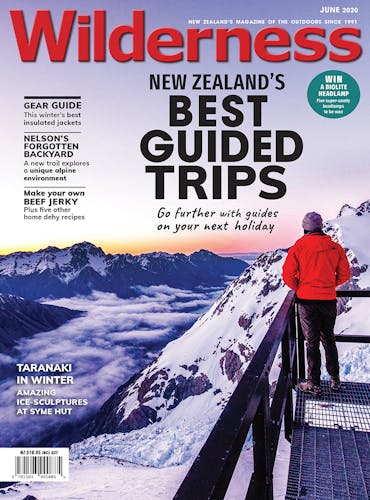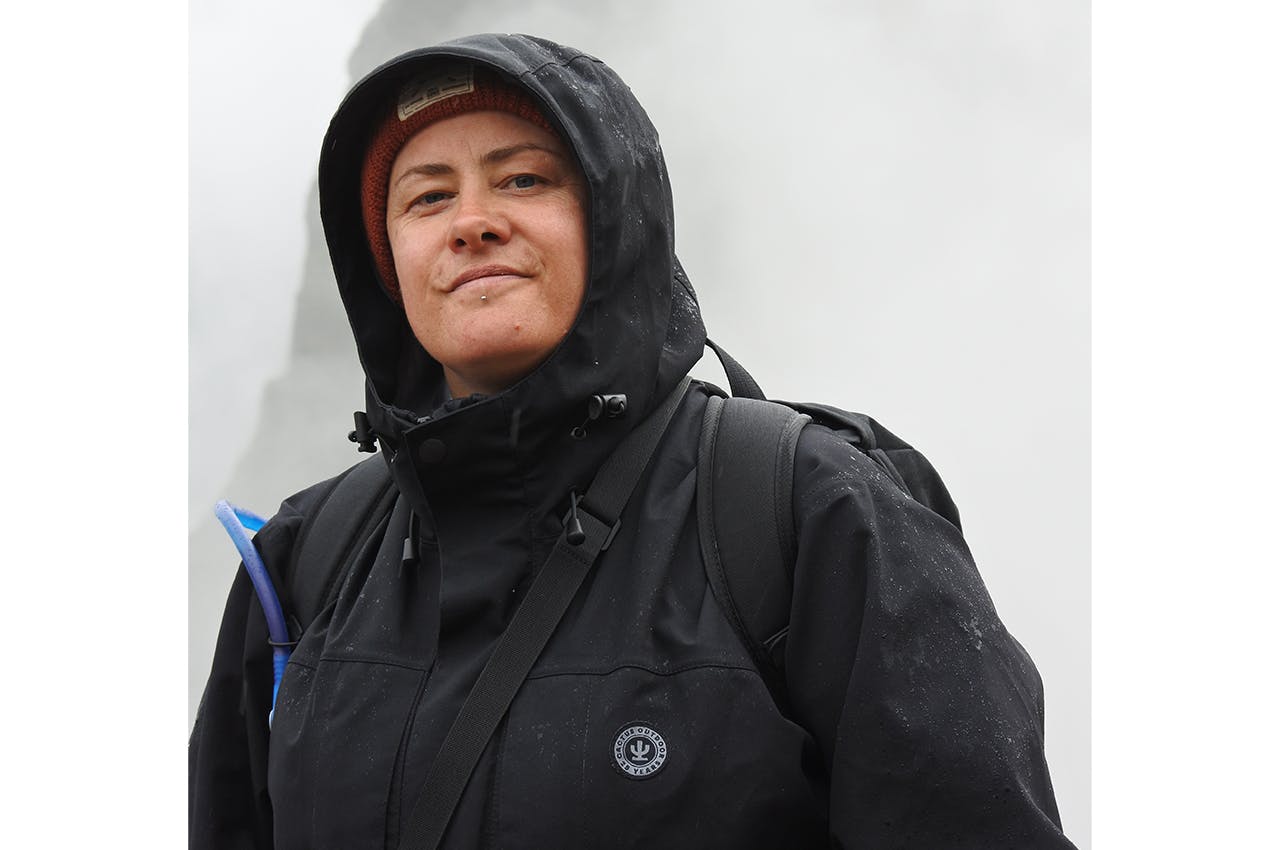Tānia Gaffey explains why she, a Māori outdoorswoman, won’t stand on the summit of a peak
I was pleased to read the story ‘To summit or not to summit’ (April 2020) but was disappointed at the response the article generated in the following issue’s letters page.
There are some who will feel equally shocked at my statements. I also felt shocked upon reading the views of correspondents who expressed views I whole-heartedly disagree with.
To understand why Māori do not wish to stand on the summit of a particular peak, you must first understand what makes a maunga, or mountain, an ancestor.
For one, the remains of other ancestors from the maunga’s iwi or hapū are buried there. Waikato’s Taupiri Maunga is a good example. Te Mata Peak in Hawke’s Bay is another.
Throw in a few deceased children, grandchildren, the odd whenua (placenta) and you come to see that it’s blood and bones. Blood, umbilical cord, whakapapa, and bones.
Even if all you see as a scientist, with no time or tolerance for superstition or the supernatural, is a conical rock, the fact that humans are coded with DNA as part of our existence points directly to the Māori assertion ‘Ko ahau ko rātou, ko rātou ko ahau’ (‘I am of the ancestors, and the ancestors manifest in me’).
The New Zealand government, too, is starting to deem Māori maunga as anthropomorphic. See the Taranaki Mounga for example.
One thing I can agree on is the suggestion that attitudes be broadened.
One correspondent cited rugby player Israel Folau as an example of how we should not be forced to respect the opinions of others, saying: ‘Does anyone respect Israel Folau’s rants on social media?’
As a member of one of Folau’s targeted minority groups, let me answer the question by saying unequivocally that yes, his fans and followers certainly do respect his rants.
This correspondent also suggests that Māori belief in the sacredness of a summit is a ‘fairytale’. By using the word fairytale, what is, in fact, being tenderised on the back-country hut bench is the fundamental, philosophical and constitutional belief system of an indigenous population regarding the creation of the world and everything in it.
When viewed in the context of having previously been so utterly dispossessed of things inherently Māori through pen and gun, you can see why conversations regarding maunga as ancestors aren’t going to end anytime soon.
I’m not saying any of this from the standpoint of someone who has never climbed a maunga. Of course I have. What’s true for me though, is that I’ve never felt like my near-summit experiences have been devalued in any way by stopping a few feet shy of the upoko (head).
My reasoning for this is that ultimately, my climb isn’t all about me. I too go to connect with my higher self, and something higher-than-self in Papatūānuku. To wonder at the awesomeness of where I’m positioned in the cosmos, as a Māori person. And if the more cerebrally-minded can’t quite grasp that, then I challenge them to spare a thought instead about how a maunga absorbs and holds everything dished out to it during their climb, and ask themselves: how hard is it really to respond with reverence and deference? If not for it, then for those who embody those things in their enduring relationship with it via blood and bone?
The thing is, we laud the opposite. The phrase from one of our best-known citizens, ‘We knocked the bastard off’, I dare say is cringeworthy when placed alongside the values and beliefs of the indigenous Tibetans who worship Chomolungma as their Goddess Mother of the Mountains.
Physical harm is not the only type of harm people can cause, let alone through acting with this kind of mindlessness.
I really think we can do better.
Āku mihi (with gratitude).
– Tānia is a teacher with a background in kaupapa Māori early childhood education, specialising in nature-based exploration. She links with the East Coast through Ngāti Kahungunu and Ngāti Pāhauwera whakapapa







